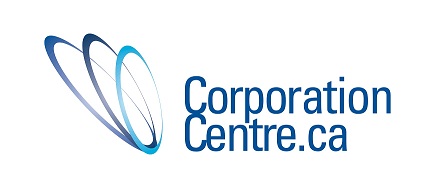 Many
extraordinary innovations are the product not of individual strokes of genius,
but rather cooperation among highly skilled individuals working toward a common
goal. As technology grows more advanced and intricate, and groundbreaking
innovation requires an increasingly sophisticated skill set, the power of
co-creation is only becoming more essential. Exemplary creative teams often
benefit from a diversity of skills, passions, and expertise, and a work
environment that allows each member of the collective to shine.
Many
extraordinary innovations are the product not of individual strokes of genius,
but rather cooperation among highly skilled individuals working toward a common
goal. As technology grows more advanced and intricate, and groundbreaking
innovation requires an increasingly sophisticated skill set, the power of
co-creation is only becoming more essential. Exemplary creative teams often
benefit from a diversity of skills, passions, and expertise, and a work
environment that allows each member of the collective to shine.
A
leadership style conducive to innovation.
As
management scholar and Harvard business professor Linda Hill explained in a 2014 TED talk, a top-down style of leadership
is seldom consistent with the freedom of thought and expression that enables
creative minds to flourish. But a total absence of structure isn’t helpful
either.
Hill
offers several examples of firms with work environments conducive to collective
innovation, including computer animation studio Pixar, and search engine giant
Google. Hill and her research partners have concluded that managers at these
firms embrace an unconventional style of leadership—one which conceives of the
boss as a connector and social architect, rather than a commander-in-chief. Or
as Hill says, “Our role as leaders is to set the stage, not to perform on it.”
Development
teams at Pixar typically include around 250 members, who spend between four and
five years composing a single film. Once the team has established its overall
objective (to produce an animated movie with a particular storyline,
characters, and themes), the process and details are somewhat flexible.
Importantly, effective managers of creative projects do not presume that their
own vision is superior in all respects to the potentially conflicting ideas and
expertise of the other team members. In any project of this magnitude,
unanticipated challenges are also likely to arise, which may require improvised
solutions.
The
physical design and layout of the workplace is a crucial factor as well. The
members of a creative team must have enough isolated space to pursue their own
trains of thought, but enough common space to allow discussion and engagement.
Instead of consensus and conformity, a manager who aims to promote creativity
shouldn’t be afraid to allow constructive debate, and even constructive
conflict. The leader’s role in these situations is to moderate the discussion,
rather than attempt to influence the entire team toward a single point of view.
Creative
abrasion, agility, and resolution.
Hill believes many organizations that display
high levels of team creativity have mastered three over-arching abilities.
•
Creative abrasion is the frequent
meeting of minds in the workspace, which may sometimes culminate in
confrontation. The role of a manager at this stage is to amplify voices that
might not otherwise receive a fair hearing, and engender a respectful
marketplace of ideas.
•
Creative agility is the testing of ideas
and concepts on a small scale in order to ascertain possible solutions to
problems. The immediate goal of this is twofold—to examine the viability of
those ideas in practice, and refine them by identifying practical shortcomings.
This is an experimental, trial-and-error process, and team members should
understand it as such.
•
Creative resolution is the decision-making
process by which the members of a creative team collectively determine a path
forward. This may require integration of conflictual or divergent ideas.
However, Hill believes managers should discourage team members from “going
along to get along”, accepting compromises they find unsatisfactory.
In sum, successful leaders of creative teams
don’t necessarily “lead” in the conventional sense; instead, they aim to
provide fertile soil for the emergence of ingenuity.

No comments:
Post a Comment
We encourage and welcome your comments